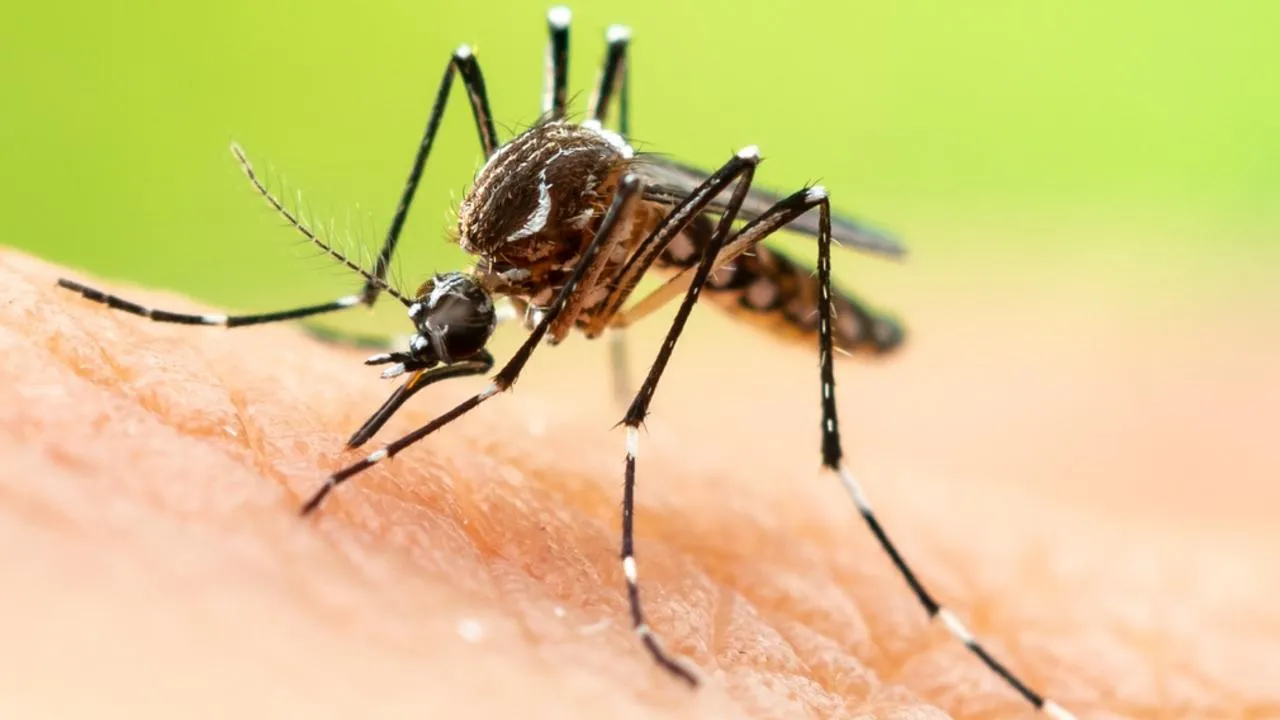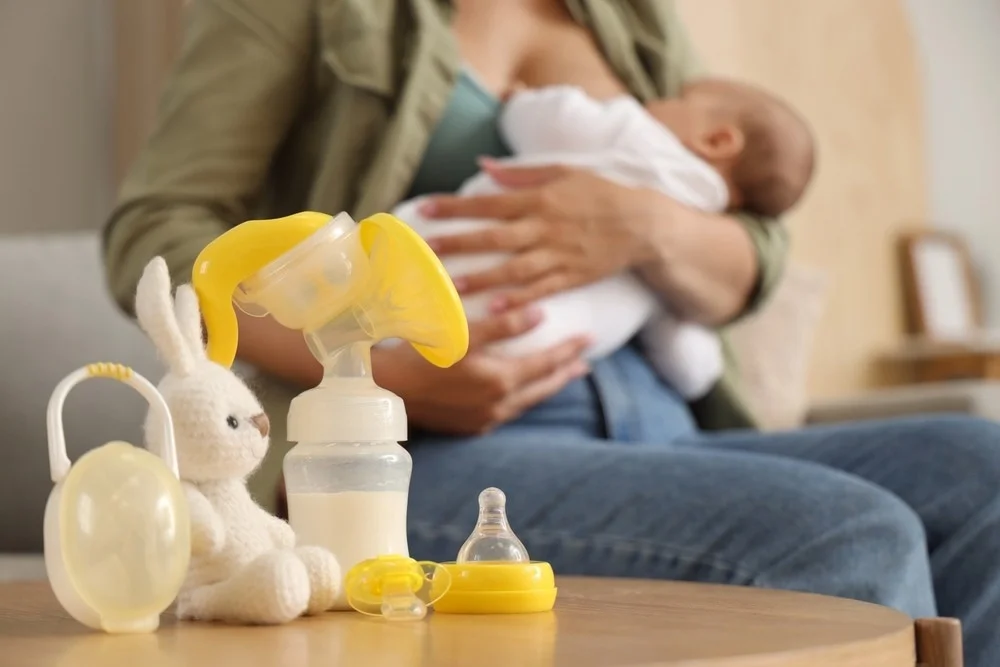In the wake of the Supreme Court’s 2022 decision to overturn Roe v. Wade, the debate surrounding abortion laws has escalated, and new research is now showing a concerning trend in states with strict abortion bans. According to a study published by the National Bureau of Economic Research, states with total abortion bans are witnessing a significant outflow of residents, especially younger individuals. The analysis, based on U.S. Postal Service change-of-address data, reveals that 13 states with abortion bans collectively lost about 36,000 residents per quarter.
This loss is a net difference between the number of people leaving these states and those moving into them. What is most striking about this trend is that the majority of those leaving are single-person households, which points to a younger demographic seeking refuge in states where abortion rights are more accessible. The researchers suggest that young people are particularly prone to leaving because they do not yet have the familial or career ties that could keep older individuals anchored to a state. Families with children, who face the complex challenges of relocating—such as changing schools or moving careers—are less likely to pack up and move across state lines.
The study highlights that the movement of people from abortion-ban states is not just a cultural shift; it also has economic consequences that could have long-term implications. Younger workers, who are vital to the economy of any state, are leaving in significant numbers. These workers represent the future of industries and businesses in these states, and losing them could stunt economic growth and development. Employers in states with strict abortion laws may find it increasingly difficult to attract and retain young talent, thus contributing to a potential slowdown in economic progress.
The study’s researchers—hailing from institutions such as the Georgia Institute of Technology and The College of Wooster—point out that the loss of younger people in these states could lead to a decline in population growth. If the current trend continues, states with abortion bans could lose as much as 1% of their population within the next five years. While this may seem like a small figure, the cumulative effect of losing young residents can have ripple effects on everything from job markets to housing demand and beyond.
In addition to the economic impacts, the study also highlights the precarious nature of social safety nets in abortion-ban states. Many of these states rank poorly when it comes to providing essential services and support programs, making life harder for residents in need. For example, accessing food assistance programs such as the Supplemental Nutrition Assistance Program (SNAP) can be challenging in states that have restrictive abortion laws. States like Tennessee, which extended postpartum Medicaid coverage from 6 months to a year in 2022, still struggle with enrollment in maternal support programs and do not provide paid family leave. This issue is not unique to Tennessee—other abortion-ban states, such as Alabama, face similar challenges, which could further dissuade young people from staying or moving to these areas.
This lack of support systems creates a paradox for those who advocate for abortion bans, often claiming that the restrictions are in place to protect women, children, and families. Dr. Nigel Madden, an assistant professor at Beth Israel Deaconess Medical Center and lead author of an October study published in the American Journal of Public Health, argues that this contradiction reveals the hypocrisy behind such policies. While the aim of the bans is often presented as safeguarding life, the lack of necessary services and support systems proves otherwise. Women in these states face difficulty accessing essential services like SNAP, child care, and maternal health programs, exacerbating the challenges they face.
The results of this research paint a concerning picture for the future of states with strict abortion laws. As young people continue to leave in search of better economic prospects and personal freedoms, these states may face not only demographic shifts but also economic consequences that ripple through local communities. States with high numbers of residents relocating due to abortion bans could see lower tax revenues, fewer opportunities for local businesses to thrive, and a growing gap between those who can afford to leave and those who cannot.
For the residents who remain in these states, the effects of restricted abortion access can go beyond health and well-being. The scarcity of essential support services like Medicaid, family leave, and social welfare programs may leave many struggling to meet their basic needs, leading to greater inequality between different populations. The challenges facing women, in particular, will only intensify in these states, where access to health care is not only limited but often fraught with logistical and financial barriers.
The findings of this study are a stark reminder that the consequences of abortion bans are far-reaching and multifaceted. Beyond the political and cultural divides, these policies have economic, social, and health impacts that affect people of all ages, but especially younger generations. As young people move out of states with restrictive abortion laws, the country faces a growing divide between those states that prioritize reproductive rights and those that continue to impose limitations on them. This trend of migration has the potential to alter the social fabric of these states, weakening their workforce, stunting economic growth, and contributing to greater inequality.
The implications of this study are clear: policymakers must take into account not just the cultural and ethical concerns surrounding abortion but also the economic consequences that arise from restrictive policies. As more young people leave abortion-ban states in search of better opportunities, it is essential for these states to reconsider their stance on reproductive rights and invest in policies that create robust safety nets and equitable access to healthcare and economic opportunities for all residents.
In the coming years, the economic toll of abortion bans may become more apparent. It is not just about individuals leaving states—it is about the broader consequences for local economies, businesses, and the future viability of these regions. As the landscape continues to shift, lawmakers must be prepared to address the long-term economic and social ramifications of policies that restrict access to abortion and other essential services. The future of these states depends on finding solutions that prioritize the health, safety, and well-being of all their residents, including those who are most likely to leave in search of better opportunities.




















